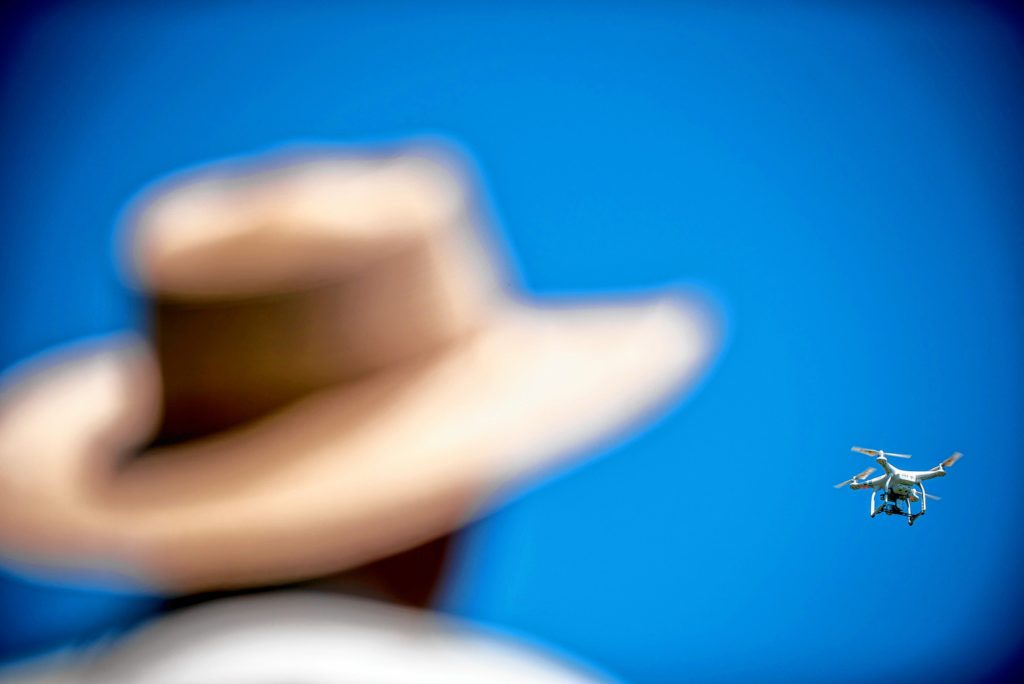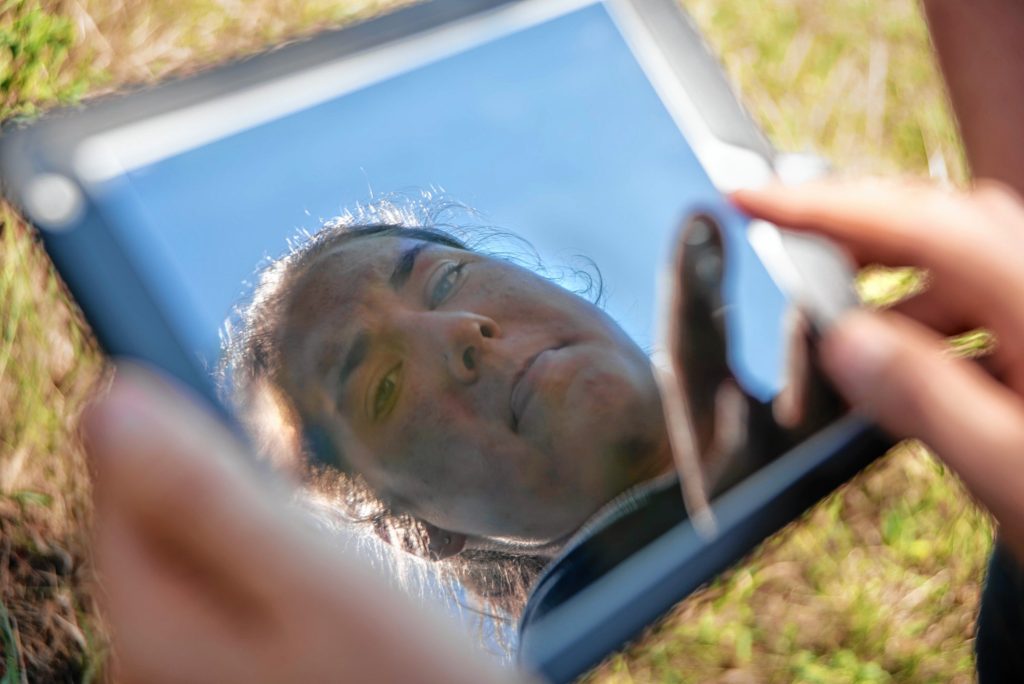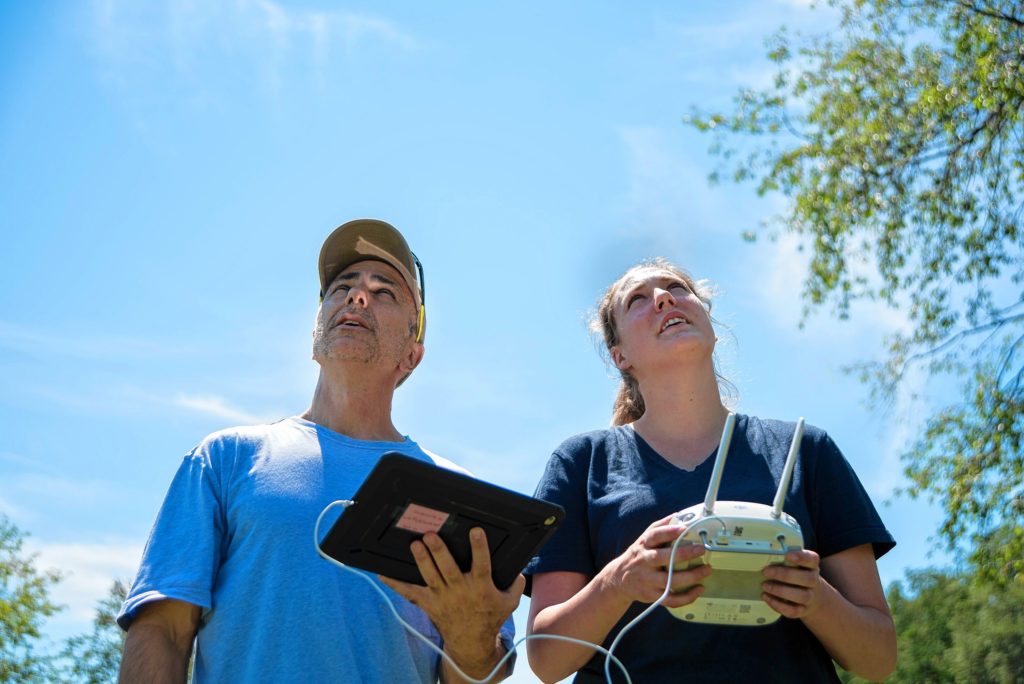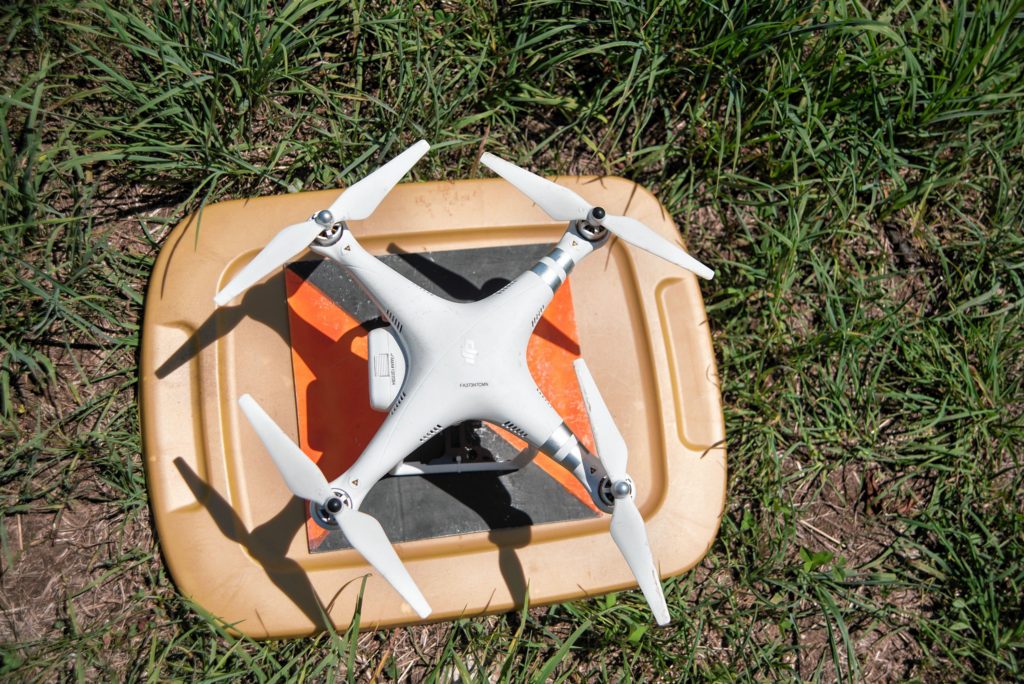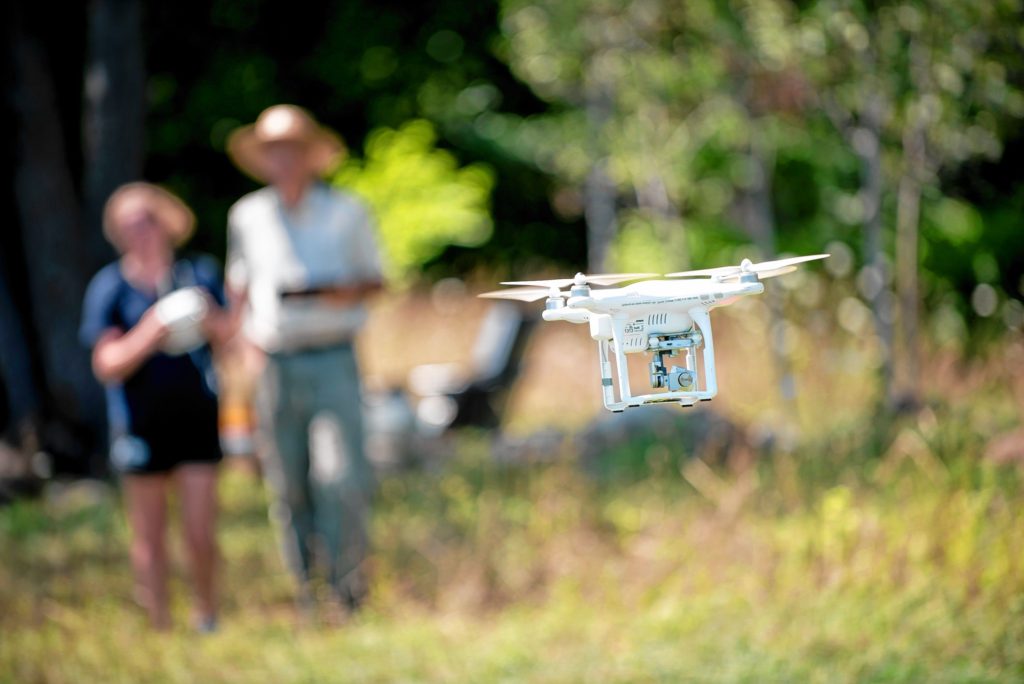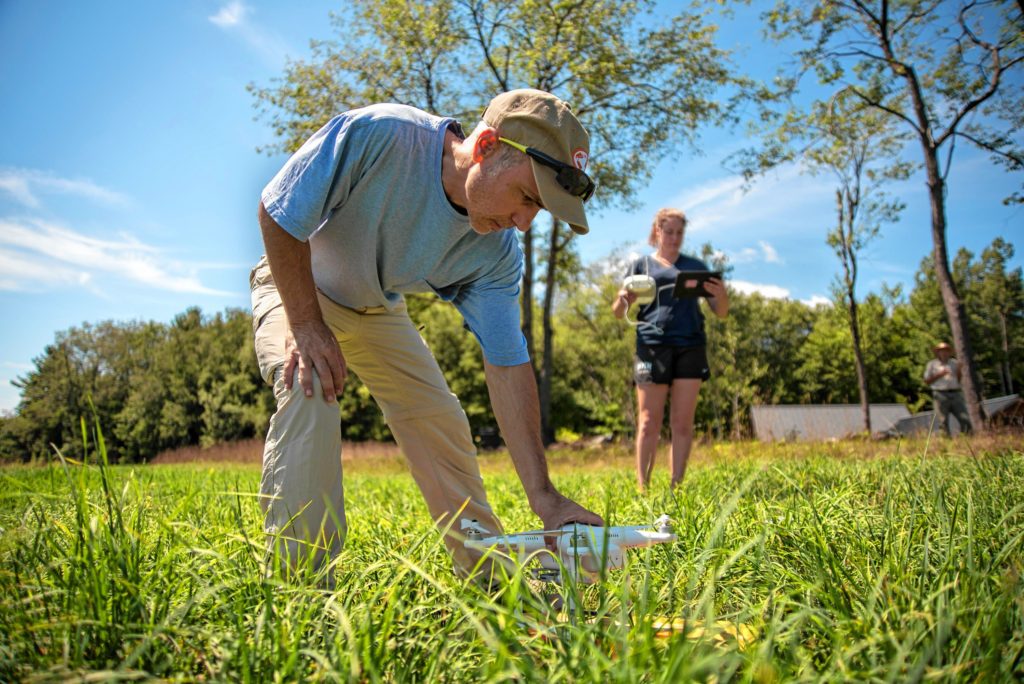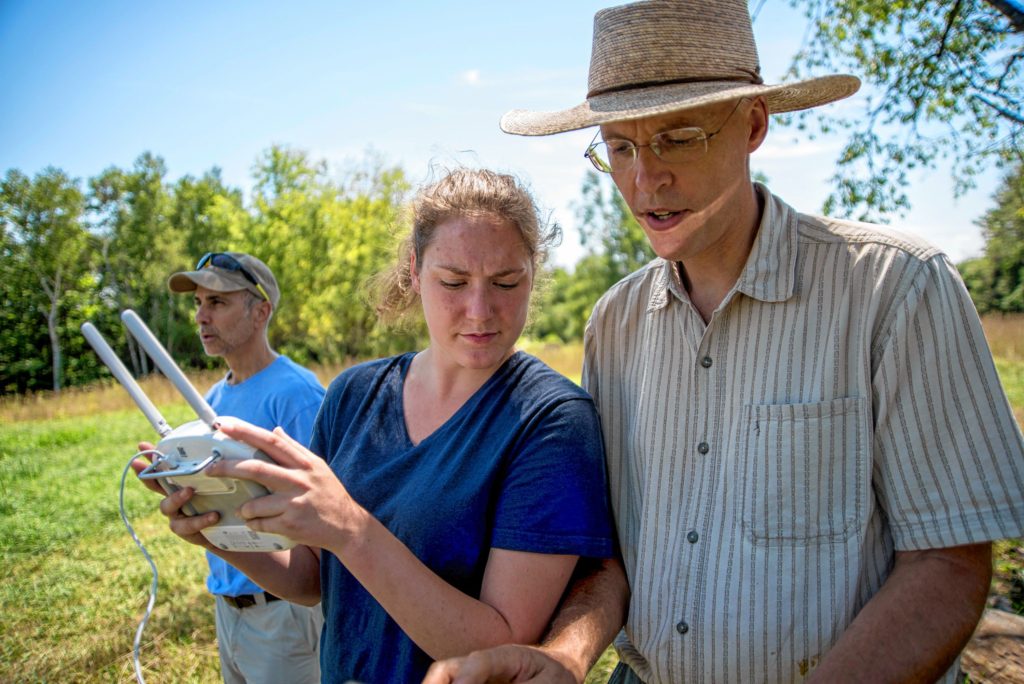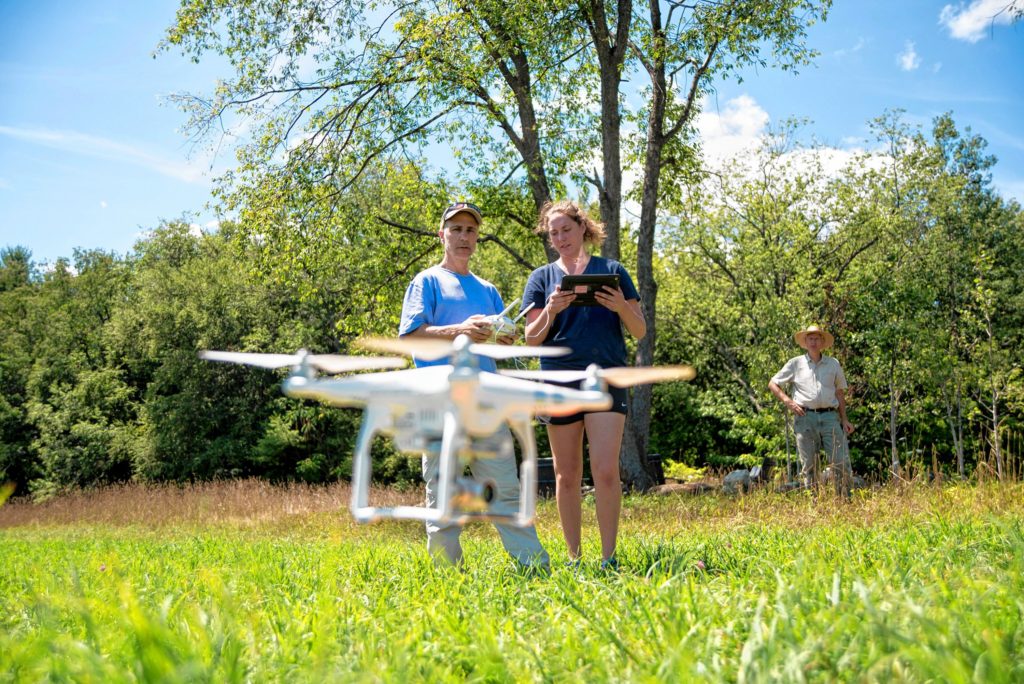On August 29, new Federal Aviation Administration rules governing the commercial use of small unmanned aerial vehicles, or drones, took effect nationwide. Part 107, as it’s known, represents the inaugural effort by the FAA to regulate the commercial use of airspace by UAV users. As a result of the new rules, the FAA estimates that 600,000 commercial UAVs will be in the sky by the end of 2016, and 2.7 million by 2020. By contrast, roughly 18,000 currently operate, according to the FAA.
The FAA has found itself in new territory as it seeks to bring order to the world of small UAVs. The regulatory body tasked with keeping the skies safe has suddenly found itself navigating privacy and economic development issues, not to mention an entirely new airspace. The FAA has been careful not to stifle innovation in what is, by all accounts, a very promising economic sector.
But with the Great Drone Rush now fully underway, issues remain, and drones have generated buzz of late not just for their promise, but their peril. Many worry that drones will darken the skies and result in invasions of privacy or pose safety issues.
Historically, “navigable airspace” has been considered anything over 500 feet, the limit to how low an aircraft is permitted to fly in a rural area. But the rise of the small UAS has forced a fundamental rethinking of the concept: The FAA now asserts that it controls all airspace from the ground up.
Back in 2013, Northampton was among a handful of localities nationwide to push back against the FAA’s assertion of jurisdiction by passing its own drone resolution banning the expansion of “navigable airspace” below 500 feet, citing a 1946 U.S. Supreme Court case which established that a property owner has “exclusive control of the immediate reaches of the enveloping atmosphere.” Now, three years after Northampton passed that resolution, it finds itself at odds with Part 107, which states that commercial small UAS stay below 400 feet except under special circumstances.
The FAA issued this statement regarding the passage of regulations like Northampton’s: “The FAA is charged with ensuring the safe and efficient use of the airspace. This statutory authority generally preempts any state or local government from enacting a statute or regulation concerning matters that are reserved exclusively to the United States Government. For example, a state law or regulation that prohibits or limits the operation of an aircraft (manned or unmanned), that sets standards for airworthiness, or that establishes pilot requirements generally would be preempted.”
The takeaway seems to be this: Any state law or local regulation that prohibits or limits the operation of a UAS would be preempted by the FAA’s assertion that it has jurisdiction over the entirety of the national airspace, right down to the ground. Therefore, the regulation that Northampton passed in 2013 prohibiting small UAS transit below 500 feet without permission is in conflict with federal authority.
FAA spokesperson Les Door wouldn’t go so far as to decree that regulations like Northampton’s are invalid, but he points to the rapidly evolving atmosphere around UAV technology. As the airspace changes, and more and more commercial UAVs take to the sky, regulations will have to change too.
The reason behind the sudden boom in the drone market is that Part 107 drops the requirement that commercial UAV operators have a traditional pilot’s license, which is costly and time-consuming to obtain. Instead, a commercial operator will be able to obtain a “remote pilot airman certificate,” which requires that the pilot be at least 16 years old, undergo vetting by the Transportation Security Administration (TSA), and pass an FAA knowledge test, effectively removing a significant barrier for entry into the commercial UAV industry.
Previously, under the FAA Modernization and Reform Act of 2012, operating a UAV commercially required the user to obtain a Section 333 exemption directly through the FAA, which usually expires after two years. Requests for the exemptions poured in and by the time Part 107 took effect, the FAA had reviewed and granted over 5,500 exemptions, according to the Association for Unmanned Vehicle Systems International (AUVSI), a nonprofit industry group.
“The main thing is that you now have these regulations where before everybody had to do things individually,” Door said. “You had to apply for an individual authorization from the FAA to fly, whereas now if you are going to fly for business, you can fly under the Part 107 rules and you don’t need to apply for any sort of authorization.”
Some in the drone community began to grumble that the new regulations were too restrictive when they were announced back in June, but the FAA has shown a willingness to work with UAV operators on a case-by-case basis that has left many of them feeling pleasantly surprised.
“The draft proposal that we published for public comment in February of 2015 required everyone to fly within the limitations of the rule and it did not provide for exceptions,” FAA Administrator Michael Huerta said in Aviation International News. “During the comment period, a number of people told us they believed this was too rigid and would unnecessarily stifle innovation and opportunity. So they suggested that we include a process by which people could get authorization to operate outside the basic boundaries of the rule, provided we could determine that these operations could be conducted safely. We listened; we considered that suggestion.”
Still, the FAA has received some criticism from drone industry proponents for certain aspects of Part 107, which they say is too restrictive. For instance, drones are forbidden from flying over people who are not directly involved in flight operations, and can only fly within the direct visual line of sight of the operator — no binoculars allowed — despite advances in autopilot technology and first-person views via the onboard camera.
Door said the FAA is currently working on developing additional rules to address these and other issues. In the meantime, many waivers for specific provisions of Part 107 have been granted. The FAA granted 76 such waivers — mostly night-time operation exceptions — on the very first day that the rules took effect. Another exception was made for BASF Railways to operate UAVs beyond the direct line of sight of the operator in order to conduct track inspections, and another visual-line-of-sight waiver to UAV manufacturer Precisionhawk. All this is aimed at ensuring that the industry continues to innovate and grow.
According to a report by AUVSI, the drone industry will be worth over $82 billion and generate over 100,000 high-paying jobs (over $40,000 per year) by 2025. Between 2015 and 2017, the group estimates that the industry will have over $13.6 billion in economic impact nationwide.
The Teal Group, a market research corporation working with the FAA, released a market study in 2015 estimating that “UAV production will soar from current worldwide UAV production of $4 billion annually to $14 billion, totaling $93 billion in the next ten years. Military UAV research spending would add another $30 billion over the decade.”
The group also finds that the UAV market is 72 percent military, 23 percent consumer, and 5 percent civil over the decade, with the U.S. accounting for 64 percent of the total worldwide spending on military drone research and development worldwide. The Teal Group also found that the civil sector — non-military government entities — will grow from $2.6 billion worldwide in 2016 to $10.9 billion in 2025.
Despite the disproportionate profits, Part 107 has opened the UAV market well beyond aerospace companies. Amazon made headlines this year when it announced Amazon Prime Air, its future drone delivery service. Facebook and Alphabet (Google’s parent company) too, are looking to get into the drone game. But the doors have also swung open to small businesses, with companies rushing to capitalize on the seemingly endless number of applications of drone technology, from the most popular aerial photography to environmental and infrastructure inspections. Even farmers are using them for precision agriculture and crop analysis. Not all those businesses are operators either. Massachusetts-based Fly4.me is a sort of Uber for drones, connecting pilots that want to put their drones to work with those looking to employ them. Verifly, another Massachusetts company, is selling drone insurance.
John Caris is director of the Spatial Analysis Lab at Smith College in Northampton. He’s been working with students on international research projects that employ drones for remote sensing and mapping. Recently, he and a team of students have been monitoring changes to a mangrove forest in Belize in the face of local development pressures.
“The great benefit of drones is that it basically allows us to put a camera or other sensor in the sky when are where we want at a particular altitude that we need,” Caris explained. “So in San Salvador, that was critical because the expense of getting a manned aircraft to go and capture imagery for us would have been prohibitive for this research team.”
The drones enable the team to collect higher quality imagery than they’d be able to acquire from satellites, collect it more frequently than the would if they were forced to fly a manned aircraft, and to do it at a fraction of the price. Over time, Caris said, this will help them piece together a clearer picture of an ecosystem in flux.
“We’ll be able to understand some of the dynamics of that system and maybe be able to predict or tell what the consequences are of some of that deforestation or some of the mismanagement,” Caris said.
Caris says he feels that that academic researchers have been hampered by unnecessarily stringent drone regulations and that the new rules are a step in the right direction. But while he believes in the potential of drone technology to be used for the betterment of society, he too has concerns.
“There are some areas of drone activity in our future that I’m not comfortable with,” Caris said. “I don’t want to live in an area or in a world where drones are just flying around overhead with no accountability, and that very likely could be a possibility. Despite the FAA’s new rulings and regulations, there’s a lot of money in this industry and a lot of organizations and groups and companies that have a lot to gain by using this low-altitude airspace for package delivery or surveillance or what have you… [In any] of those scenarios we are going to be having more drones in the sky, so that’s somewhat concerning to me, especially if there is no accountability, if there is no recourse for landowners or property owners or just the general public. Those are still some outstanding questions.”
•Check out this handy guide to a few of the different types of UAVs you might expect to see flying over your neighborhood someday soon.
Peter Vancini can be reached at pvancini@valleyadvocate.com.
*Mon. Sept. 19, 2016: This article was updated from a previous version. The location of mangrove forest research was previously misstated as San Salvador Island, Bahamas. The mangrove forest research site is located in Belize.

